Fiskars pole pruners are a must-have for any gardener or landscaper. From trimming trees to pruning shrubs, they make the job easy and efficient. But sometimes these tools can break down and need repair. Don’t despair – this guide will show you how to diagnose and fix your Fiskars pole pruner! Read on to get your gardening tool up and running again in no time.
Table of Contents
What are Fiskars Pole Pruners?
Fiskars pole pruners are designed to be a reliable and sturdy tool for tackling tough trimming jobs. The blades are made of high-quality steel, and the handles are comfortable to grip. Even Fiskars pole pruners can experience problems over time that need repair. Before attempting fixes, you should understand how your Fiskars pole pruner works.
The blades of a Fiskars pole pruner are controlled by two levers – one to open the jaws, and one to close them. The handles also have a locking mechanism that keeps the blades locked in place when not in use. It helps ensure no accidental cuts or snags occur while you work with your tool [1]
Fiskars Pole Pruner Components
The Fiskars pole pruner consists of three main components:
- The Pole: This is the long arm of the Fiskars pole pruner that allows you to reach high branches and shrubs without needing a ladder;
- Cutting Head: At the end of the pole, you will find the cutting head which houses two blades – one for cutting and one to secure your cuttings in place;
- Rope: The rope is used to pull the cutting head up and down the pole to reach higher branches. It also helps you control the speed at which the blades move to make precise cuts.
The Benefits of Using a Fiskars Pole Pruner
Here are the primary reasons to consider purchasing the Fiskars Pole Pruner solutions [2]:
- Ease of Use: With its long pole and comfortable grip handles, Fiskars pole pruners are easy to use even on hard-to-reach branches;
- Durability: The high-quality steel blades and sturdy construction make Fiskars pole pruners very durable and reliable;
- Versatility: With its adjustable cutting head, Fiskars pole pruners can be used for many jobs like trimming trees or shrubs, and even harvesting fruits and vegetables;
- Safety: The locking mechanism on the handles helps prevent accidental cuts and ensures your hands don’t slip when using the pruner;
- Precision: The adjustable cutting head allows you to make precise cuts with ease and accuracy;
- Lightweight: Fiskars pole pruners are light enough to handle without strain but still strong enough to tackle tough trimming jobs;
- Cost Effective: Fiskars pole pruners are more affordable than other brands;
- Eco-Friendly: By using Fiskars pole pruners, you reduce your carbon footprint.
The Top Ten Common Issues with Fiskars Pole Pruners
Fiskars pole pruners are a reliable and durable piece of equipment, but sometimes they can experience issues that need to be fixed [3]:
- A dull blade – The blades on your Fiskars pole pruner will become dull over time, resulting in less efficient cutting;
- A loose cutting head – If the cutting head is not tightly secured, it can cause the blades to move around and become misaligned;
- A broken rope – The rope is prone to wear and tear and can easily snap if pulled too harshly on branches;
- Jams – Jamming occurs when debris gets stuck between the blades and prevents them from opening or closing properly;
- Broken handles – Since the handles are subjected to a lot of force, they can break over time if not properly maintained;
- Corroded parts – The metal components of your Fiskars pole pruner are prone to corrosion if exposed to moisture or humidity for extended periods.
- Stiff blades – If the blades become too stiff, they will not open or close properly and can cause jams.
- Loose screws – If the screws that hold the handles together become loose, they can make it difficult to control the blades.
- Slipping grip – The handles on your Fiskars pole pruner should have a secure grip so you don’t lose control while in use.
- Broken locking mechanism – The locking mechanism is responsible for keeping the blades safely locked when not in use, so if it fails, your Fiskars pole pruner will be at risk of causing accidental cuts.
The Causes Behind the Trouble
The potential causes behind each issue can vary, but they fall into two categories:
- Improper Maintenance: Not taking the time to clean and lubricate your Fiskars pole pruner regularly can lead to problems;
- Wear & Tear: Over time, components of your Fiskars pole pruner will wear out and need to be replaced or repaired;
- Incorrect Usage: Not using the tool correctly can cause the blades to become misaligned and result in jams or broken components;
- Exposure to Elements: Moisture and humidity can cause corrosion over time, while extreme cold or heat can weaken the parts of your Fiskars pole pruner;
- Poor Storage: Storing your tool in an area that is too humid or has sharp objects nearby can damage the blades and other components;
- Age: Older tools may not be as reliable as newer models and can require more frequent repairs or replacements;
- Damage: Dropping your Fiskars pole pruner or subjecting it to extreme force can cause serious damage that will need repair;
- Faulty Parts: If any of the components of your Fiskars pole pruner are faulty from the start, they can break down faster than expected.
Fixing a Dull Blade
Here is a step-by-step guide on how to sharpen the blade of a Fiskars pole pruner using a file or sharpening tool:
- Remove the blade from the pruner head, taking care to avoid any contact with sharp edges.
- Place the blade in a secure holder and use a file or sharpening stone to rub against it in an even motion until you can see a shine on both sides of the blade.
- Check for signs of wear and tear, such as chips or cracks along the blade, and replace it if necessary.
- Reattach the blade to the pruner head and test it out on a branch to make sure it is cutting effectively.
Top Tips and Precautions to Ensure The Blade Is Sharpened Correctly And Safely
Using these tips and following the steps above can help you keep your Fiskars pole pruner in top condition and make sure it is always ready for action [4]:
- Always handle sharp objects with caution and wear protective gloves to avoid any injuries;
- Don’t apply too much pressure when sharpening the blade as this can cause it to become damaged or misshaped;
- To ensure a smooth cut, make sure you sharpen both sides of the blade evenly;
- Make sure to clean off any debris from the blade before and after sharpening;
- Store the pruner in a dry place with no moisture or humidity to minimize the risk of corrosion;
- Make sure to sharpen blades regularly to keep them in good condition and ensure they are cutting effectively;
- Before sharpening, inspect the blade for any damage or wear and tear. If there are any issues, replace the blade instead of attempting to sharpen it;
- If you are unsure how to sharpen your Fiskars pole pruner, contact a professional for assistance.
- Be sure to follow the manufacturer’s instructions carefully when sharpening your Fiskars pole pruner blade. Doing so will help ensure that you get the best results.
Tightening a Loose-Cutting Head
A loose cutting head can prevent your Fiskars pole pruner from cutting effectively. Here is a guide on how to identify and tighten the cutting head of your Fiskars pole pruner [5].
How To Identify a Loose-Cutting Head
The most obvious sign of a loose cutting head is that the blades are moving around and become misaligned when you use your Fiskars pole pruner. To tell if the head is loose, check to see if you can wiggle it back and forth while keeping its shape. It will let you know if the problem lies within the cutting head itself.
Why It Is Essential To Fix This Issue Promptly
A loose head can make it difficult to control your tool while in use, resulting in accidental cuts or injury.
How To Tighten The Cutting Head Using the Adjustable Screw or Bolt
To fix a loose-cutting head, do the following:
- Turn off the pole pruner and unplug it from the power source;
- Loosen the bolts that hold the head in place using an adjustable wrench or screwdriver;
- Adjust the position of the cutting head until it is secure;
- Once everything is in place, tighten the bolts back up and test the tool to make sure it is cutting effectively. If not, you may need to adjust the head a bit more until it fits properly;
- Be sure to lubricate your pole pruner after tightening the head to ensure it runs smoothly.
How to Repair a Broken Rope
A broken rope can make it difficult to use your Fiskars pole pruner effectively, so learning how to repair a broken rope is essential. Here is a step-by-step guide on how to repair the rope of your Fiskars pole pruner:
- Begin by removing the old rope from the pole pruner head and cutting it into two pieces;
- Check the rope for any signs of wear or damage, and replace it if necessary;
- Cut a new piece of rope to the same length as the old one, making sure that it is strong enough to withstand heavy-duty use;
- Attach the new rope to the pole pruner head, making sure to tie a secure knot that won’t come undone while in use;
- Test the pole pruner by cutting a few branches and make sure that it is working correctly before you put it away.
FAQs
Where are Fiskars pole saws made?
Fiskars pole saws are made in Finland, the United States, and China.
How do you assemble a Fiskars pole saw?
To assemble a Fiskars pole saw, you will need to:
- Attach the cutting head to the end of the pole using the included hardware;
- Thread the rope through the pulley and tie it off securely at both ends;
- Check that all components are secured properly before use.
How do you attach a Fiskars pole saw blade?
To attach a Fiskars pole saw blade, you will need to unscrew the bolts that hold the head in place and remove it from the pole. Then, line up the blades with the slots on the head and secure them in place with nuts and bolts. Reattach the head to the pole pruner and test it out before using it [6].
How do you attach a saw blade to a shaft?
To attach a saw blade to a shaft, you will need to first measure the diameter of the shaft and the hole in the center of the saw blade. If they match, you can use a bolt or pin to secure them together. Otherwise, you may need to drill an additional hole in either the blade or shaft so they fit snugly together. Once everything is in place, use a nut and bolt to secure the blade tightly to the shaft. Make sure to lubricate both parts before reassembling them.
How do you put a blade in a saw?
To put a blade in a saw, you will need to first remove the saw guard and old blade. Then, line up the new blade with the slots on the saw head and attach it securely with screws or bolts. When attaching, make sure that all parts are lined up properly and make sure not to over-tighten any screws or bolts. Finally, reattach the saw guard and test the blade to make sure it is working correctly before use.
What safety precautions should be taken when using a Fiskars pole saw?
When using a Fiskars pole saw, it is important to wear protective gear such as goggles or face shields, ear protection, and gloves. Always keep the saw head away from your body and be sure to keep a firm grip on the handle while in use. Always practice safe-cutting techniques and avoid reaching too far or trying to cut branches that are too large for the saw head [7].
Useful Video: How to change the rope in the Fiskars tree pruner UPX86
Conclusion
It is worth noting that you should carefully maintain your Fiskars pole pruner by regularly inspecting and fixing loose cutting heads. When using the saw itself, always be sure to take safety precautions such as wearing protective gear and keeping the head away from yourself or other family members. With proper maintenance and care, your Fiskars pole pruner will last for years to come.
References:
- https://www.fiskars.com/en-gb/gardening/products/tree-pruners?showAll=true
- https://www.fiskars.com.au/products/gardening/tree-pruners/
- https://gardeningproductsreview.com/fiskars-pruning-stik-tree-pruner-review/
- https://www.fiskars.com/en-us/gardening-and-yard-care/ideas-and-how-tos/pruning-and-trimming/tree-trimming-tips
- https://www.fiskars.com/-/media/fiskars/documents/united-states/instructions_9240_head_replacement_rethreading.pdf
- https://gardeningproductsreview.com/fiskars-chain-drive-extendable-pole-saw-pruner-review
- https://www.fiskars.com/en-us/gardening-and-yard-care/ideas-and-how-tos/pruning-and-trimming/tree-trimming-tips

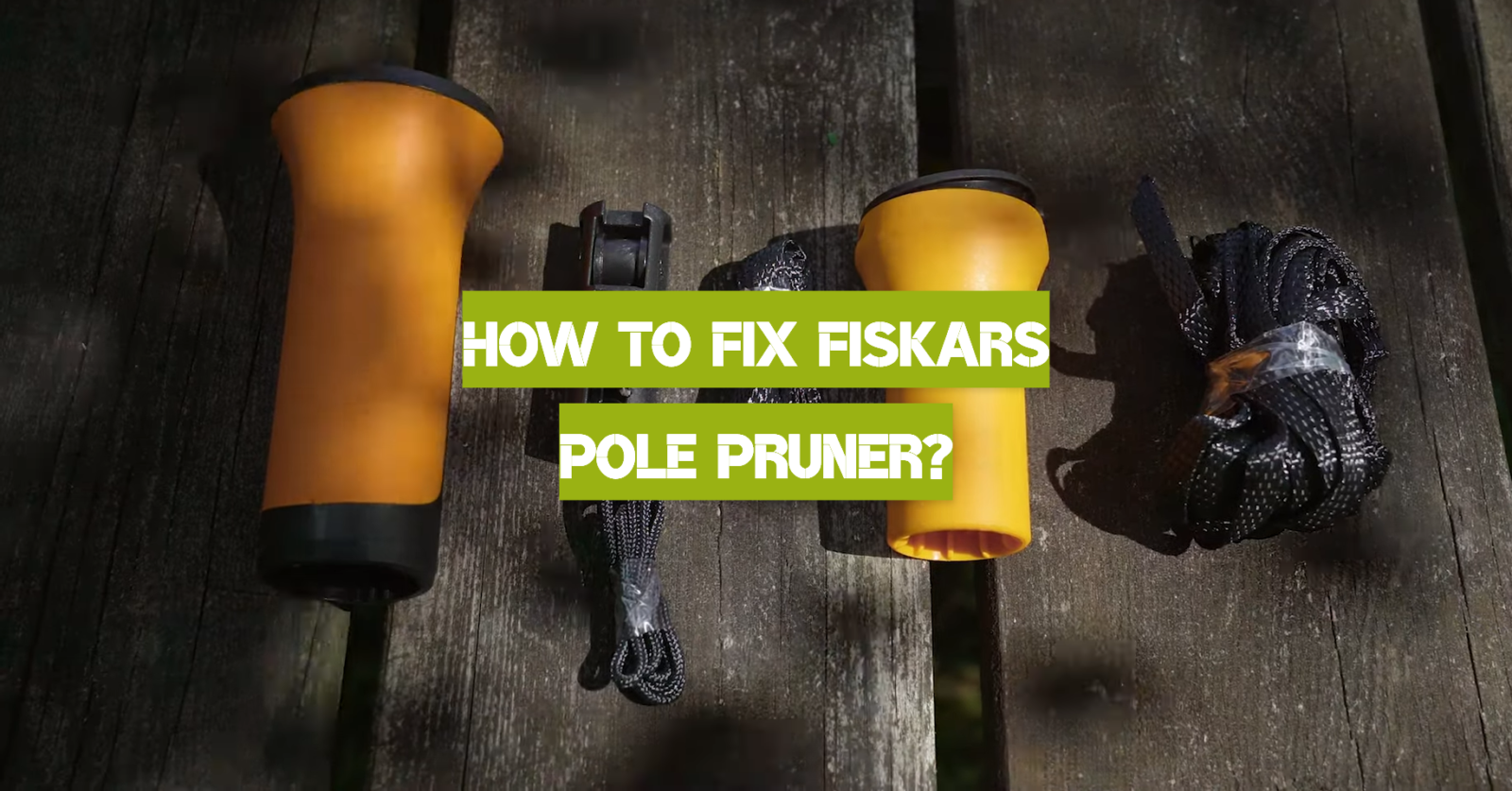
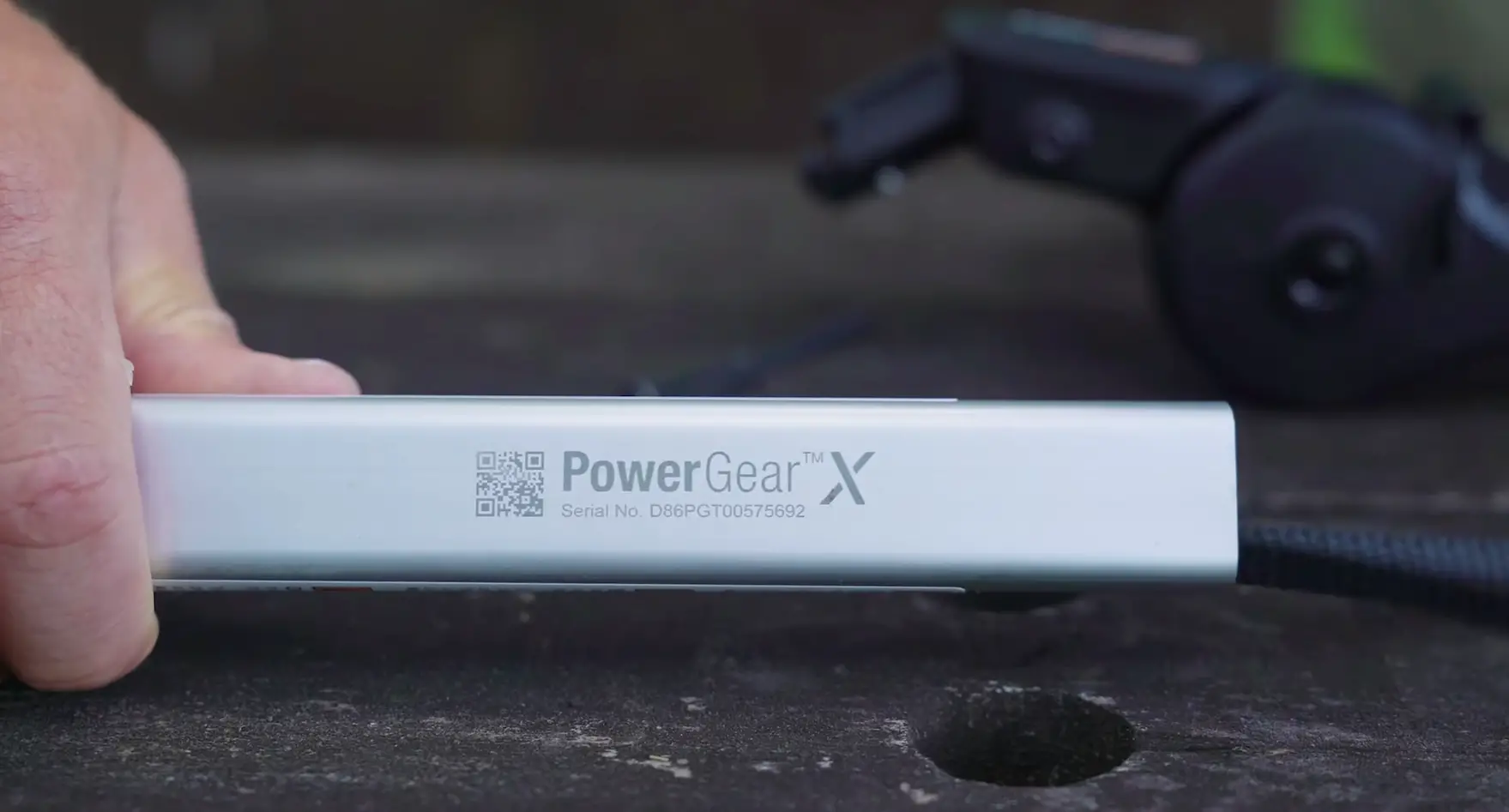
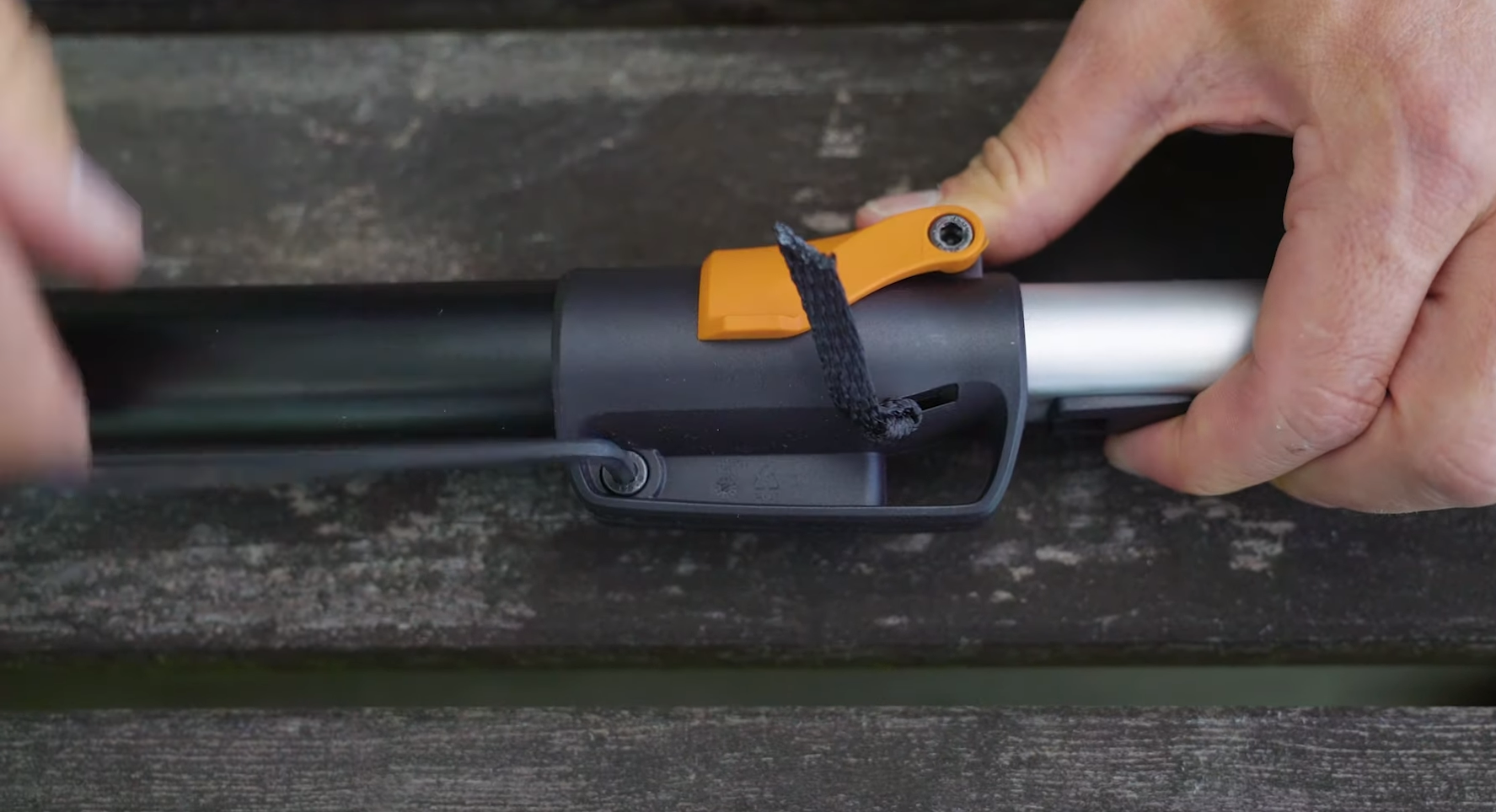
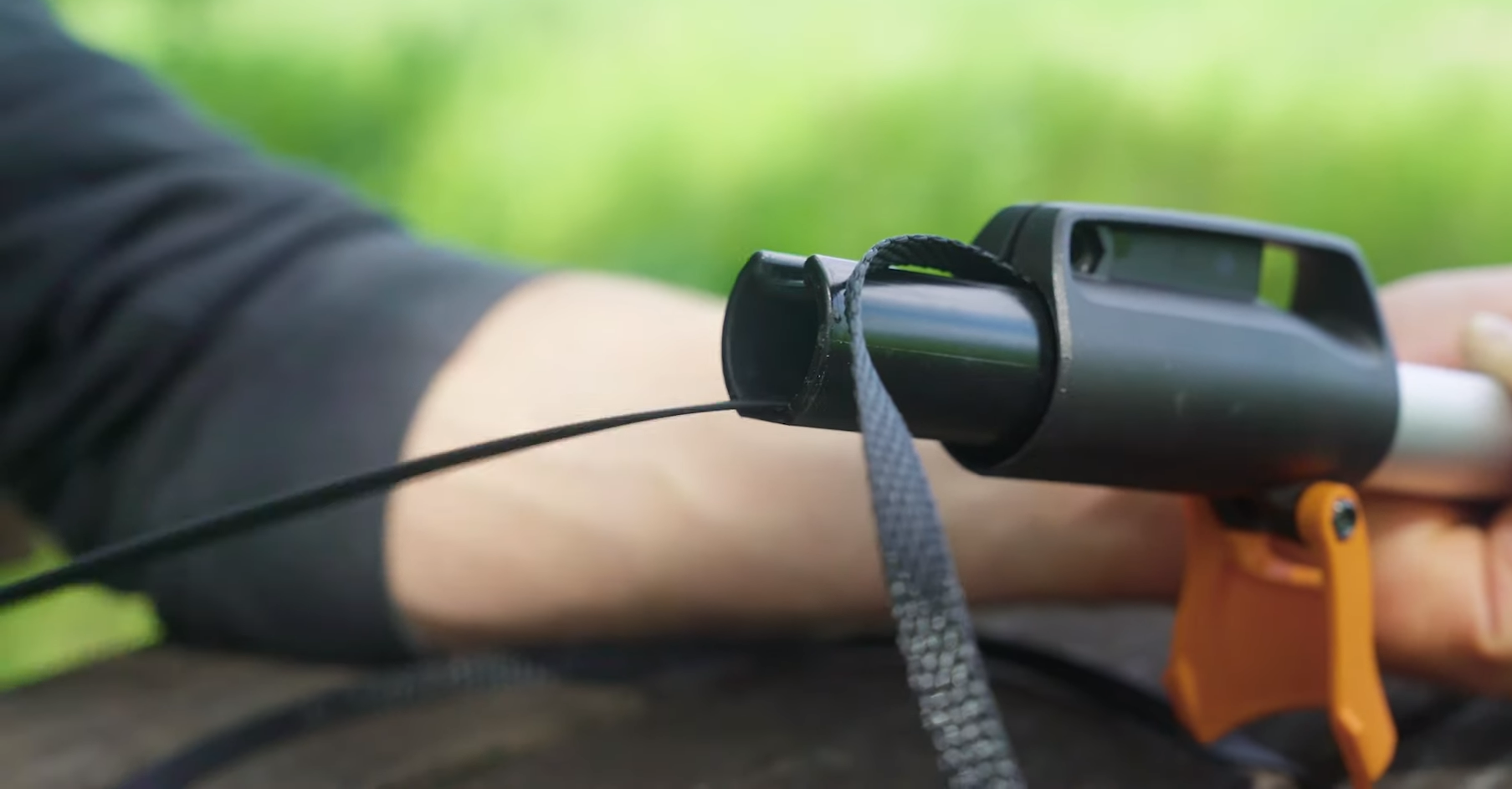
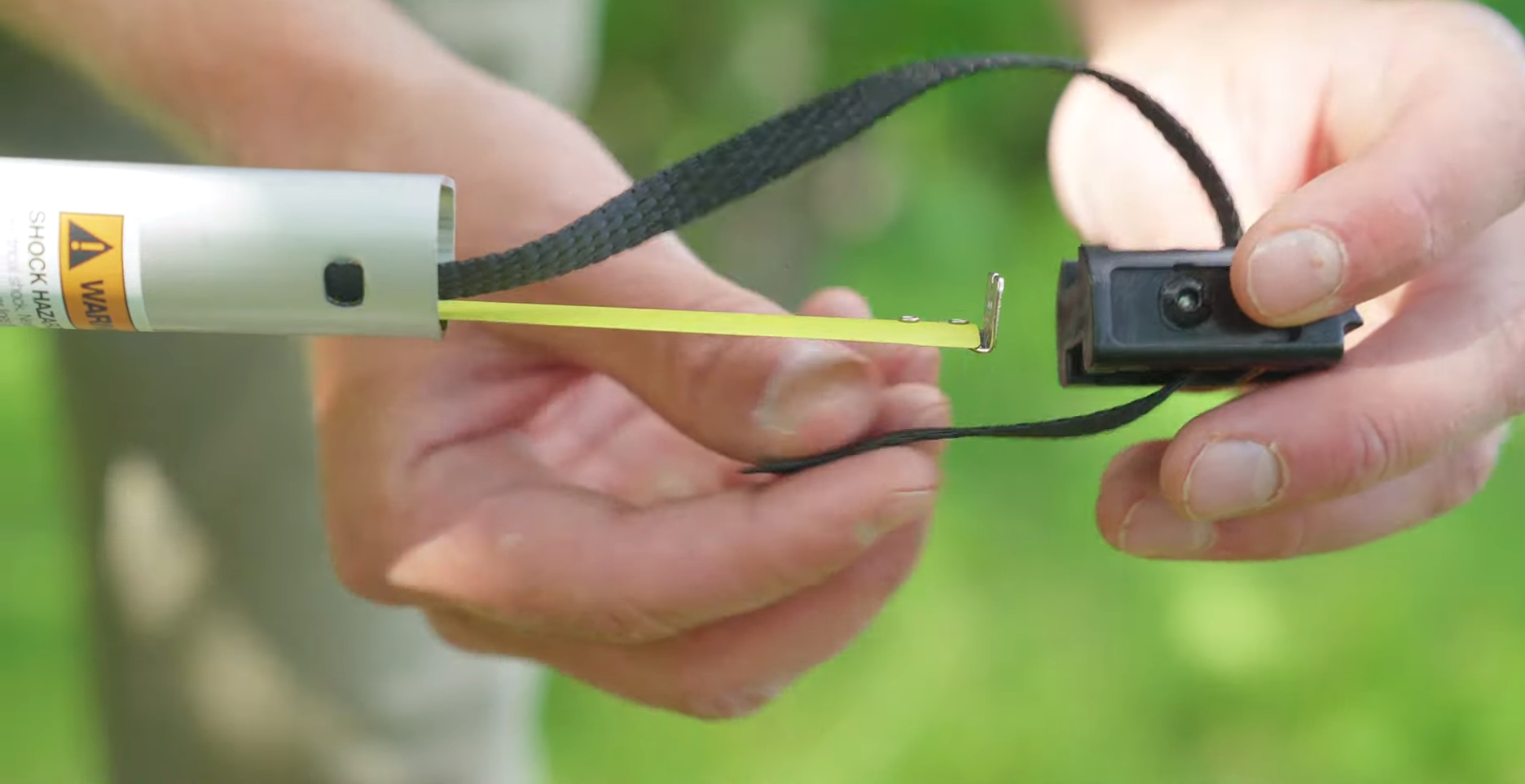
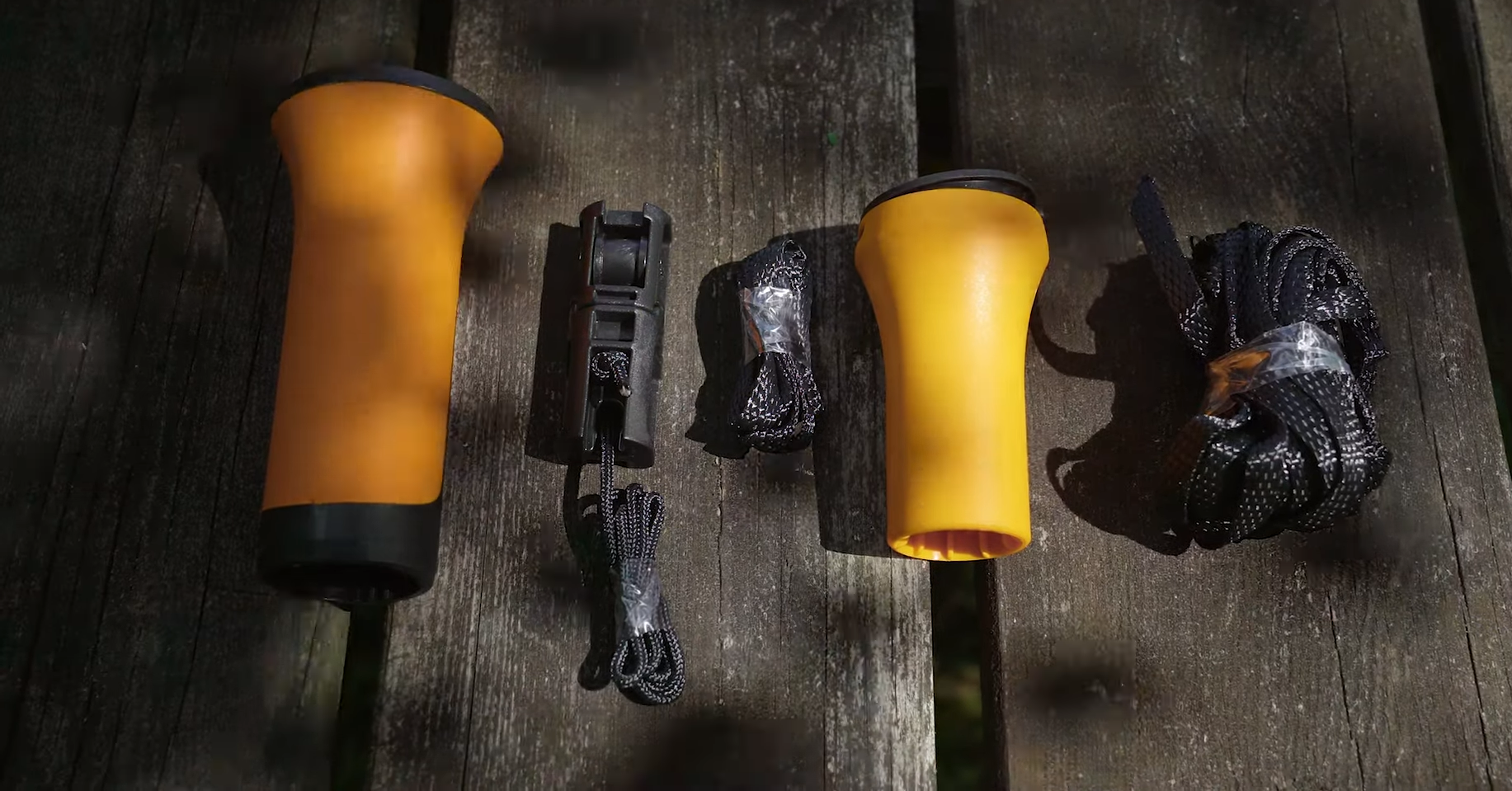

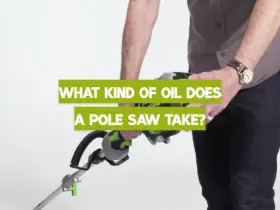
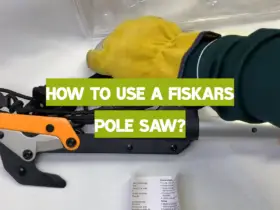

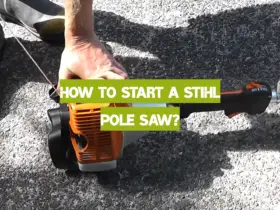
Leave a Reply